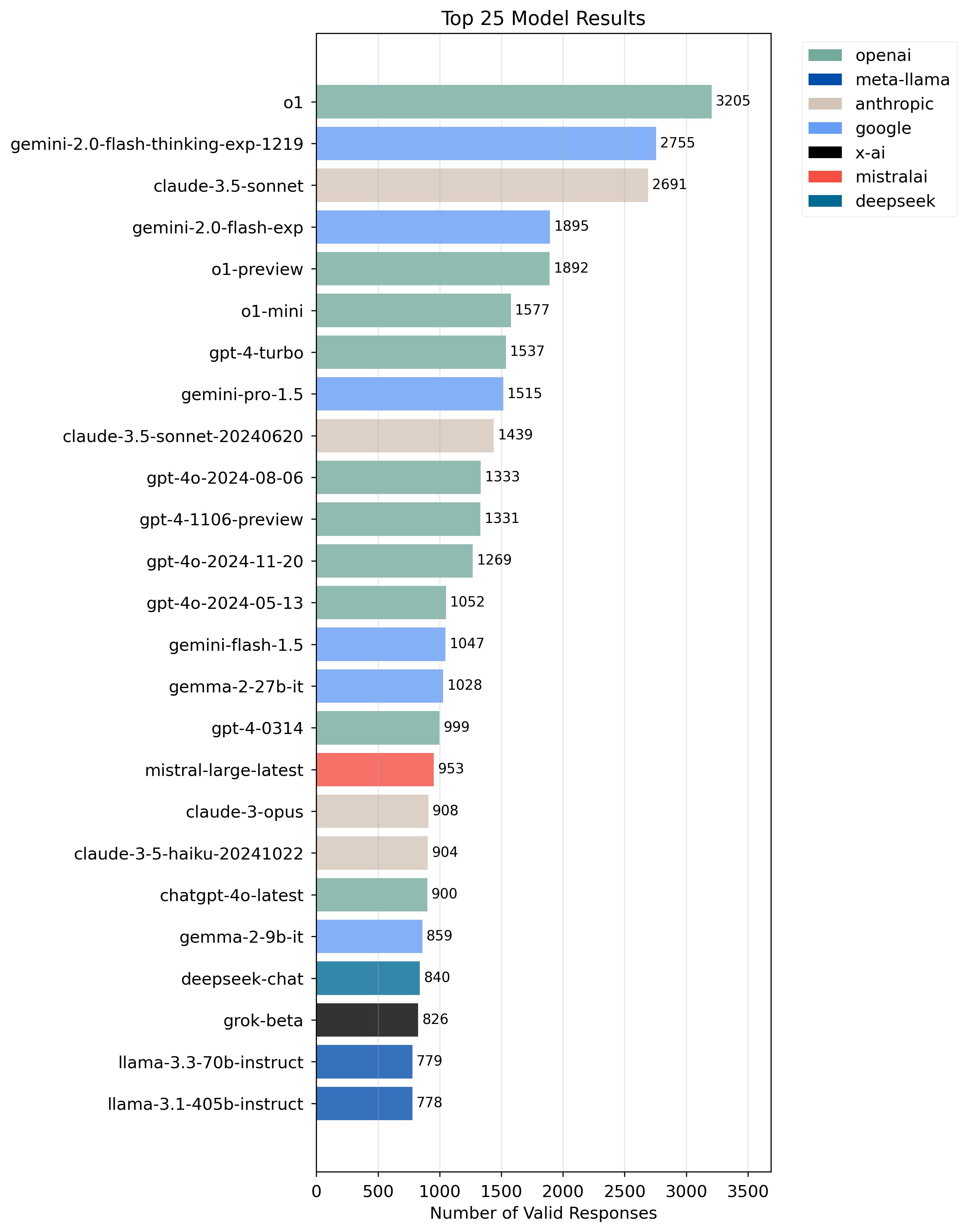
Free
FollowOverview
-
Founded Date agosto 7, 1996
-
Sectors Negocios Internacionales
-
Posted Jobs 0
-
Viewed 34
Company Description
What Is Artificial Intelligence (AI)?
The concept of “a device that thinks” dates back to ancient Greece. But since the advent of electronic computing (and relative to some of the topics discussed in this post) essential occasions and turning points in the evolution of AI consist of the following:
1950.
Alan Turing publishes Computing Machinery and Intelligence. In this paper, Turing-famous for breaking the German ENIGMA code during WWII and typically referred to as the “dad of computer system science”- asks the following question: “Can makers believe?”

From there, he uses a test, now notoriously called the “Turing Test,” where a human interrogator would try to compare a computer and human text reaction. While this test has actually undergone much scrutiny because it was released, it stays an essential part of the history of AI, and a continuous concept within philosophy as it utilizes concepts around linguistics.
1956.
John McCarthy coins the term “artificial intelligence” at the first-ever AI conference at Dartmouth College. (McCarthy went on to invent the Lisp language.) Later that year, Allen Newell, J.C. Shaw and Herbert Simon develop the Logic Theorist, the first-ever running AI computer program.
1967.
Frank Rosenblatt builds the Mark 1 Perceptron, the first computer based on a neural network that “discovered” through experimentation. Just a year later, Marvin Minsky and Seymour Papert publish a book titled Perceptrons, which ends up being both the landmark deal with neural networks and, a minimum of for a while, an argument against future neural network research initiatives.
1980.
Neural networks, which use a backpropagation algorithm to train itself, became extensively used in AI applications.
1995.
Stuart Russell and Peter Norvig publish Expert system: A Modern Approach, which turns into one of the leading textbooks in the research study of AI. In it, they look into 4 possible objectives or definitions of AI, which differentiates computer system systems based on rationality and believing versus acting.
1997.
IBM’s Deep Blue beats then world chess champ Garry Kasparov, in a chess match (and rematch).
2004.
John McCarthy writes a paper, What Is Expert system?, and proposes an often-cited definition of AI. By this time, the era of huge data and cloud computing is underway, making it possible for to handle ever-larger data estates, which will one day be used to train AI designs.
2011.
IBM Watson ® beats champs Ken Jennings and Brad Rutter at Jeopardy! Also, around this time, information science starts to emerge as a popular discipline.
2015.
Baidu’s Minwa supercomputer uses an unique deep neural network called a convolutional neural network to determine and categorize images with a higher rate of precision than the average human.
2016.
DeepMind’s AlphaGo program, powered by a deep neural network, beats Lee Sodol, the world champ Go gamer, in a five-game match. The triumph is significant provided the substantial number of possible relocations as the game advances (over 14.5 trillion after simply four relocations). Later, Google acquired DeepMind for a reported USD 400 million.

2022.
An increase in large language models or LLMs, such as OpenAI’s ChatGPT, produces a massive change in efficiency of AI and its prospective to drive enterprise value. With these new generative AI practices, deep-learning designs can be pretrained on large amounts of data.
2024.
The current AI trends indicate a continuing AI renaissance. Multimodal designs that can take several types of data as input are providing richer, more robust experiences. These designs unite computer system vision image recognition and NLP speech recognition capabilities. Smaller models are also making strides in an age of reducing returns with huge designs with big parameter counts.

